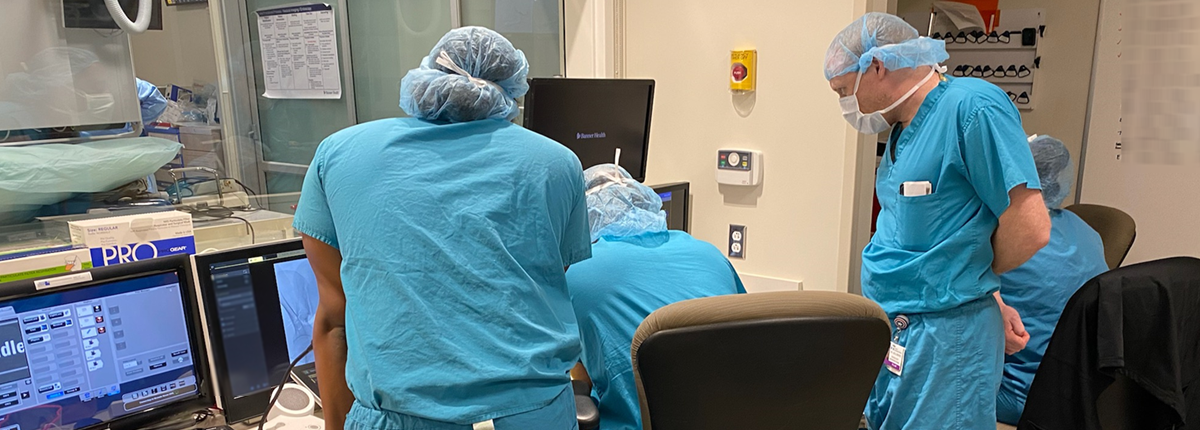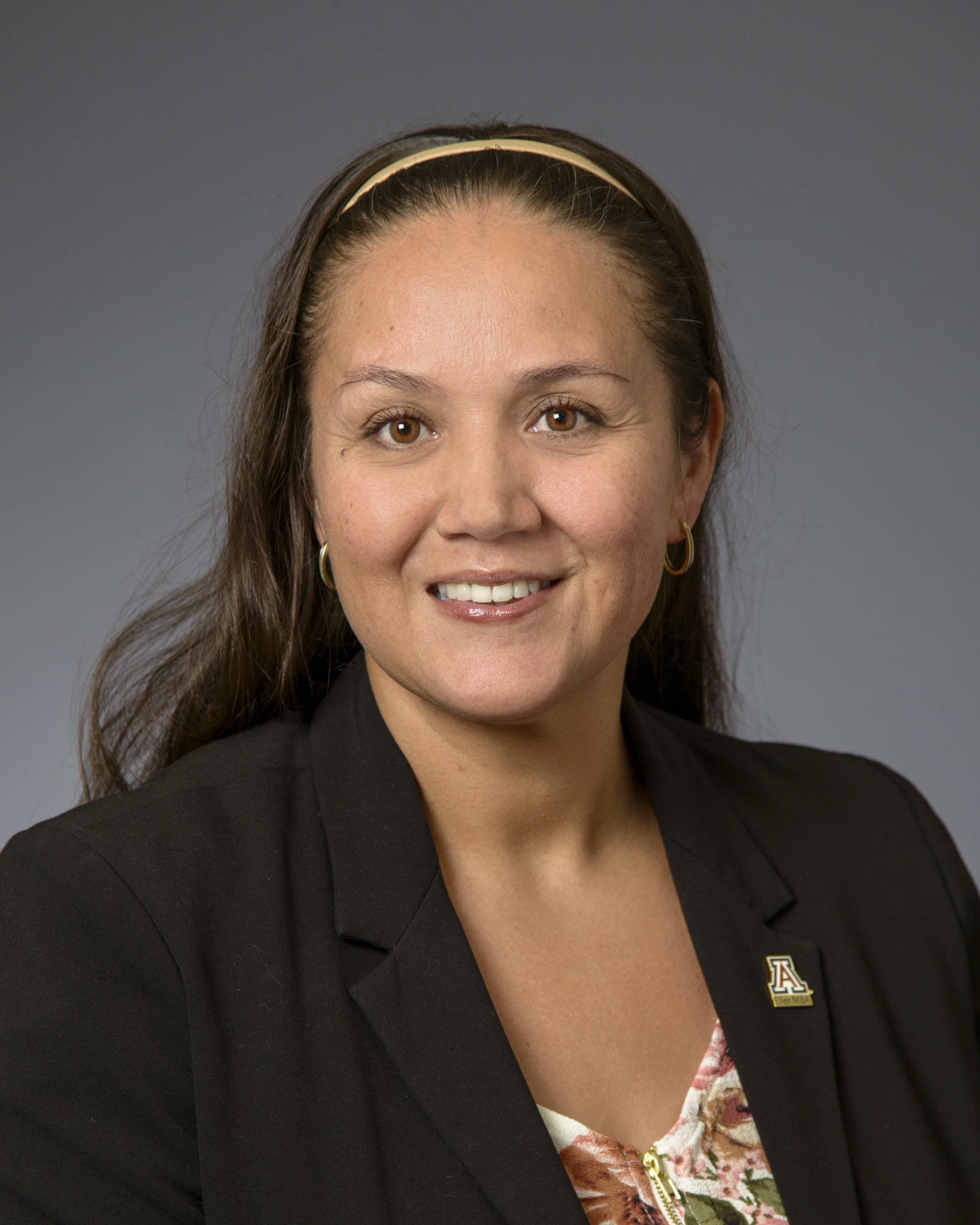
The Interventional Radiology-Integrated Residency Training Program is a 5-year ACGME-accredited residency program which begins after completion of a 1-year ACGME accredited clinical experience, followed by three years of diagnostic radiology training and subsequently two years of interventional radiology training in a clinically-oriented teaching environment. The IR-Integrated Residency program is a clinical specialty accepted by the ABMS, ABR and the ACGME. The program includes expanded procedural and peri-procedural care beyond the traditional experience gained in DR residency or IR fellowship. The IR Residency requires clinical care rotations; outpatient clinic experience and inpatient consultations. The program provides the foundation for careers in Interventional Radiology and Diagnostic Radiology and results in dual certification.
Gregory Woodhead is the Program Director of the IR-Integrated Residency Program, and Jack Hannallah is Associate Program Director.
During the first three years, residents rotate through all clinical subspecialties of Radiology including pediatrics, genitourinary, gastrointestinal, chest, musculoskeletal, interventional / angiography, neuroradiology, mammography, ultrasound, abdominal CT, and magnetic resonance imaging (MRI). During the 4th and 5th year of residency (PGY 5 and 6), residents begin the IR focused training experience. Training in both Interventional and Diagnostic Radiology is accomplished by a gradual assumption of increasing responsibility under the close supervision of physician faculty members. Residents are evaluated after each rotation and provided with information regarding their educational progress throughout their training, including biannual conferences with the training director. All residents take the annual American College of Radiology In-Training Examination.
One IR-Integrated resident is recruited annually who enters at the Clinical Assistant II (PGY II) level for a total of five years. The Residency Training Program participates in the National Residency Matching Program (NRMP) with applications submitted via the Electronic Residency Application Service (ERAS). Applications are accepted for review until November 1st of each year. One year of ACGME-accredited clinical training (PGY I) is required to precede training, outside of the radiology residency in a clinical specialty such as surgery, internal medicine, pediatrics, or transitional year, preference and details are in progress. Resident research projects are required, and research time is available as an elective. Learn more about research opportunities in the Department of Medical Imaging.
The IR Integrated Residency Program reflects the basic goals of the academic and clinical programs by providing the residents with opportunities to learn and participate in diagnostic imaging and minimally invasive image-guided procedures, as well as research.
Application Process
The IR Integrated Residency Program participates in the National Residency Matching Program (NRMP). All applications are processed through the Electronic Residency Application Service (ERAS). Our department encourages applicants to apply simultaneously to both IR and DR programs. Only completed applications via ERAS will be accepted for review.
Currently open: one PGY II position for NRMP match for starting the following year (after clinical year).
Deadline for complete applications through ERAS: November 1, of the current year. Only completed applications will be reviewed by the IR Integrated Residency Selection Committee in the Department of Medical Imaging at the University of Arizona.
Selected candidates will be contacted for interviews via email starting early October of the current year. Interviews are scheduled October through January. The required Preliminary Year (PGY I) positions are independent of our program and candidates must apply for these separately. Available PGY I positions in Tucson are:
- College of Medicine - Tucson, Department of Surgery: Debbie Boggs
- College of Medicine - Tucson, Department of Medicine: Mary Gosciminski
- Tucson Medical Center: Jennifer Sammons
If you receive an interview for IR Integrated, and not for one of the preliminary programs, and are interested in interviewing with one of these programs, please contact Ina Rios before December.
Our resident candidates must have passed Part I and Part 2 of the National Boards. Our program requires
- ERAS application
- Dean’s Letter*
- 3 current letters of recommendation
- School transcripts
- Pass on USMLE Step 1 and USMLE Step 2 with a minimum score of 250
- Personal statement
- ECFMG certificate (for IMG)
*The Dean’s letter must document satisfactory academic and clinical performance.
Applications and supporting documents must be received by November 1, of the current year. Applicants who are invited to interview at our program will meet with the Program Director, and three faculty members on the Residency Selection Committee. The Committee finalizes the match list after reviewing all of the applicants' materials and interview evaluations. The program does not discriminate on the basis of gender, race, age, or any other discriminatory factors. Our Diversity Equity and Inclusion committee proudly collaborates with the College of Medicine - Tucson Office of Diversity, Equity and Inclusion.
More Information

Ina Rios
Program Coordinator, Senior
Department of Medical Imaging
(520) 626 - 1640


